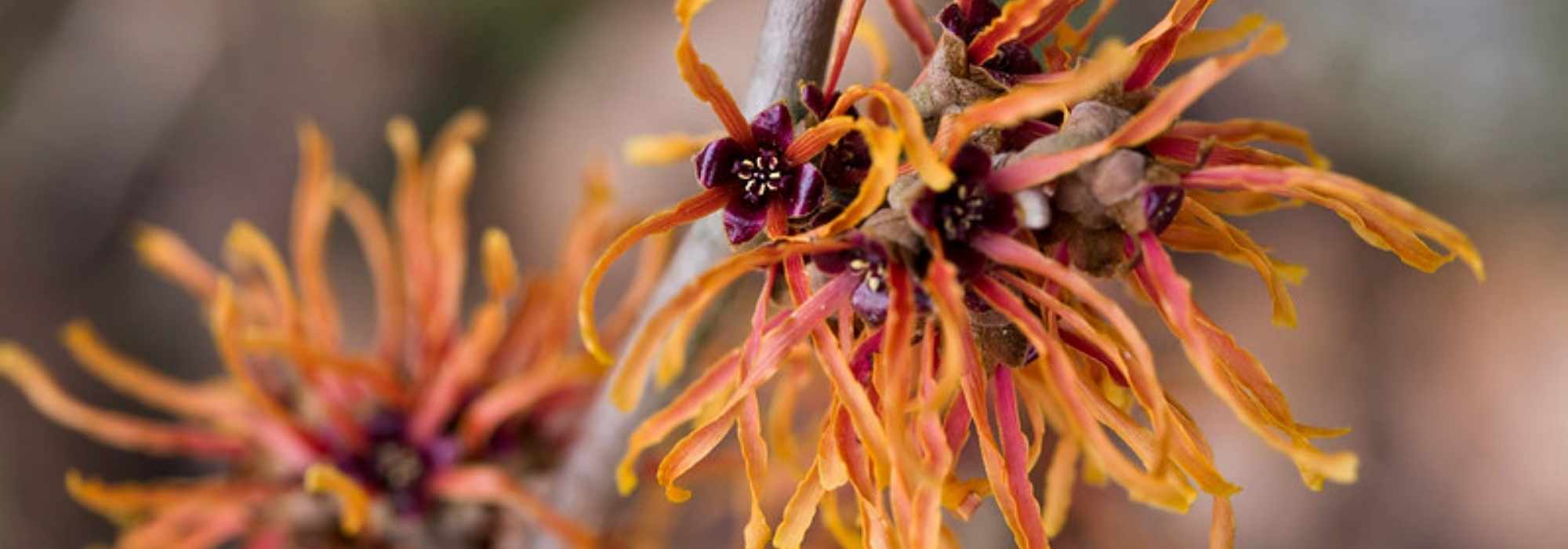
Hamamelis: the most beautiful varieties
Our selection
Summary
Hamamelis are among few bush species that bring a magnificent flowering to gardens in mid-winter. Original and very graphic with their astonishing often yellow-orange flowering on naked wood, these “witch-hazels” take on superb warm shades in autumn. Single flowers appear shredded into fine, very graceful ribbons. This spidery flowering catches attention with its warm tones and the light it emits.
All hardy, scented, nectariferous, tolerant of many exposures and undemanding regarding soil, these bushes prove to be stars of winter scenes, imbued with incomparable magic. Deciduous, eminently ornamental bushes, they feel very much at home in natural gardens, country gardens or at woodland edges, which they elevate with their strong, luminous presence. Their graphic form also makes a strong impression when planted singly!
There are six species of different origins, the best known being Hamamelis mollis (from China), flowering from December to March, and Hamamelis virginiana (from eastern United States) flowering in autumn, slightly taller and broader, able to colonise more open spaces. Under the name Hamamelis x intermedia you will find many absolutely remarkable hybrid cultivars (resulting from cross-breeding between Hamamelis mollis and Hamamelis japonica).
The trend for winter gardens may make you want to plant one… or several, so dazzling and long-lasting are their flowerings. Discover our selection of the most beautiful varieties to choose without hesitation!
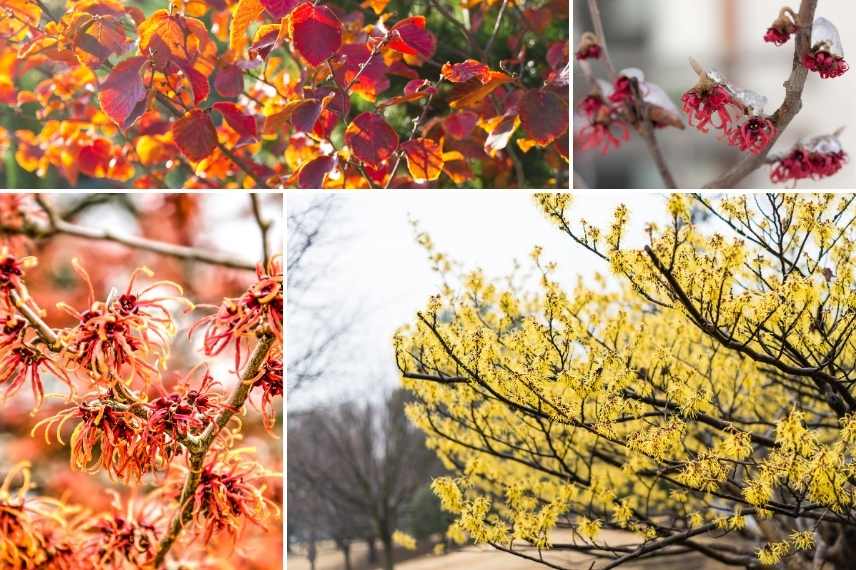
Superb autumn foliage, shimmering flowering, Hamamelis are stars of winter!
→ Also discover our complete file on Hamamelis, How to choose a Hamamelis?
Hamamelis 'Jelena': a winter treat
Hamamelis ‘Jelena’ is a very old introduction (1935), but if you could have only one in your garden, it might well be this one, so unique is the colour of its flowering! The copper-orange flowers contrast with the garnet-red calyx, they appear in December on naked branches. Admittedly, they are not as fragrant as other cultivars in this selection, but their ochre-orange shades are simply beautiful and immediately warm any corner of the garden! Its yellow-orange then red foliage in autumn is also part of its undeniable charm. It reaches 4 metres in all directions at ripeness and, like its companions, has slow growth.
I personally find orange Hamamelis such as ‘Jelena’ look very elegant beside a brick house, their tones echoing one another and bringing incomparable charm in autumn and winter. Hamamelis ‘Jelena’, so warm, will also be perfect planted in a mass with winter-fragrant bushes such as a Lonicera fragantissima (which it will not compete with), or an orange or coral Cognassier speciosa. For a solitary specimen, plant a few bulbs or perennials with purple foliage at its feet that combine wonderfully with orange tones, with staggered flowerings for a long-lasting coloured tapetum: Heucheras, Hyacinths ‘Woodstock’, Ophiopogons, Liriopes, Narcissi…
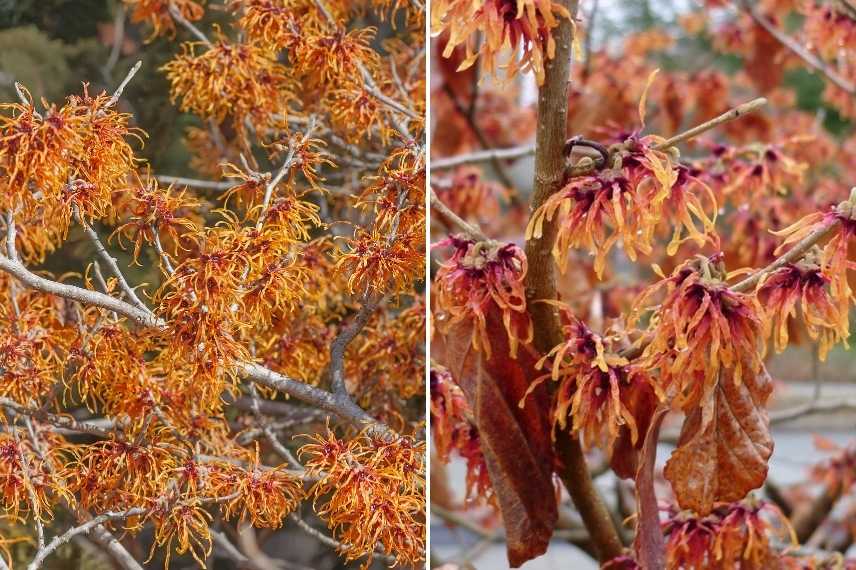
Hamamelis ‘Jelena’ with superb orange colours
You may also read
Witch hazel: planting, growing, care, and pairing ideasHamamelis mollis 'Pallida': the most fragrant
One of the best-known cultivars, and with good reason: its large, frayed yellow pompom flowers have a spicy fragrance and are certainly the most fragrant of Hamamelis. It is covered in flowers from December to March. The bright yellow colour of the flowers is set off by the dark red calyx. In autumn it dons golden-yellow leaves.
Its habit is rather compact, erect, with oblique branches. Its main branches will spread and give it a very open silhouette. At ripeness it will be wider than tall (3 m high by 4 m wide); as with all Hamamelis that need space, choose its location carefully.
The Hamamelis ‘Pallida’, as with all yellow-flowering Hamamelis, stands out especially well against a dark or contrasting background, for example evergreen bushes or conifers. Plant it in a border or as a solitary specimen. It can form a very attractive small grove in yellow‑orange tones: for example, pair Hamamelis ‘Pallida’ with Hamamelis ‘Treasure Trove’ or ‘Westerstede’ and Hamamelis ‘Orange Beauty’. As a specimen, it is ideal near the house to enjoy its powerful fragrance. Keep planting simple at its base to showcase it: a few early spring bulbs will provide a beautiful bright setting: Colchicum speciosum ‘Album’ for their autumnal whiteness, crocus ‘Cream Beauty’ and snowdrops to accompany Hamamelis in full flowering, botanical tulips, etc.
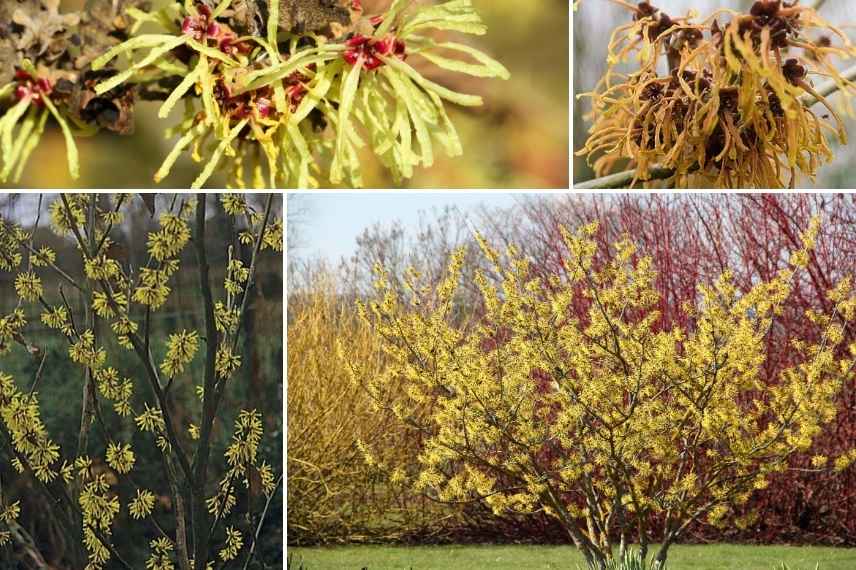
Hamamelis mollis ‘Pallida’: spectacular yellow flowers. A specimen planted in front of a glowing small grove brings much brightness to the garden
Discover other Winter-flowering shrubs
View All →Available in 0 sizes
Available in 1 sizes
Available in 1 sizes
Available in 1 sizes
Available in 1 sizes
Available in 2 sizes
Available in 1 sizes
Available in 1 sizes
Available in 1 sizes
Available in 1 sizes
Hamamelis x intermedia 'Ruby Glow': a splendid coppery colour
This Hamamelis was the first to produce a red flowering; it dates from the 1950s. It is certainly not among the most recent, but I include it here in our selection for its innumerable qualities, starting with its exceptional autumn foliage, first yellow, turning to orange, then blazing to red. The flowers of Hamamelis ‘Ruby Glow’ consist of a myriad of filaments in a striking coppery red, with a deeper crimson-red calyx. It is truly magnificent when it begins its early flowering as soon as January, and transforms winter greyness until February.
As with all cultivars that have orange to red tones, the flowering of Hamamelis x intermedia ‘Ruby Glow’ comes into its own when the bush is planted in an east-facing aspect and is lit by low morning sun! You can pair it with a yellow-flowered Hamamelis, the two colours warming each other; a Parrotia persica provides a magnificent autumn companion with its glowing foliage. Overlooking a bed, it looks stunning accompanied by a few red Oriental Hellebores in the same warm tones, and by evergreen grasses such as Stipa arundinacea that echo it in rusty-copper hues!
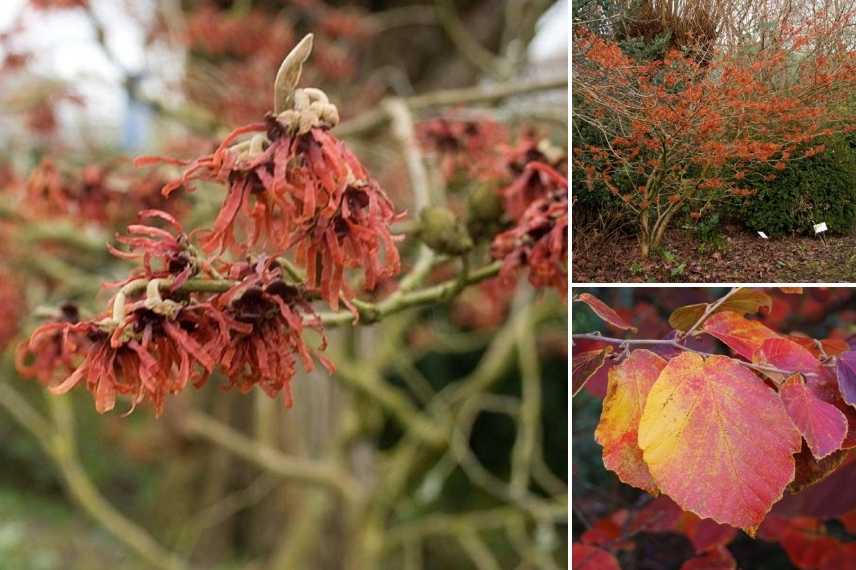
Flowers, habit and autumn foliage of Hamamelis x intermedia ‘Ruby Glow’
You may also read
Hamamelis: 7 ideas for successful combinationsHamamelis x intermedia 'Diane': vibrant red
Hamamelis x intermedia ‘Diane’ is a cultivar of rare beauty, well deserving its place in our selection, as its red flowering is among the most luminous and generous. The very light scent of this variety is balanced by ultra-shimmering colours: flowers are orange-red, almost dark red, with flat, slightly undulate petals, and a brown-violet calyx that highlights the brilliance of the inflorescences. This remarkable flowering is abundant; it occurs from mid to late winter, from late January to February. Blaze of the large leaves produces a magnificent display when autumn arrives: the bush also takes on splendid colours, ranging from orange-yellow to red and deep purple!
‘Diane’, named after the daughter of Robert and Jelena de Belder — Belgian botanists who did remarkable work on Hamamelis — is an old cultivar (1969) that is particularly suitable for small gardens or spaces, its size remaining modest, between 2.5 m and 4 m. It can even be planted in a large container. Its habit is broad, spreading and upright.
As with all Hamamelis, Hamamelis x intermedia ‘Diane’ prefers partial shade or a sunny position, in fresh, well-drained soil.
In a border, compose with these unique tones, pairing it with a yellow Hamamelis such as ‘Pallida’ or a Hamamelis x intermedia ‘Feuerzauber’, whose orange-red will echo it in both flowering and autumn foliage. You can associate it with a Rhus typhina (staghorn sumach) which harmonises wonderfully with its orangey autumn tones, and add yellow and white hues that will instantly brighten this winter scene: small snowberries, Carex comans, tawny cushions of Uncinia Belinda’s Find, dwarf daffodils, heathers…
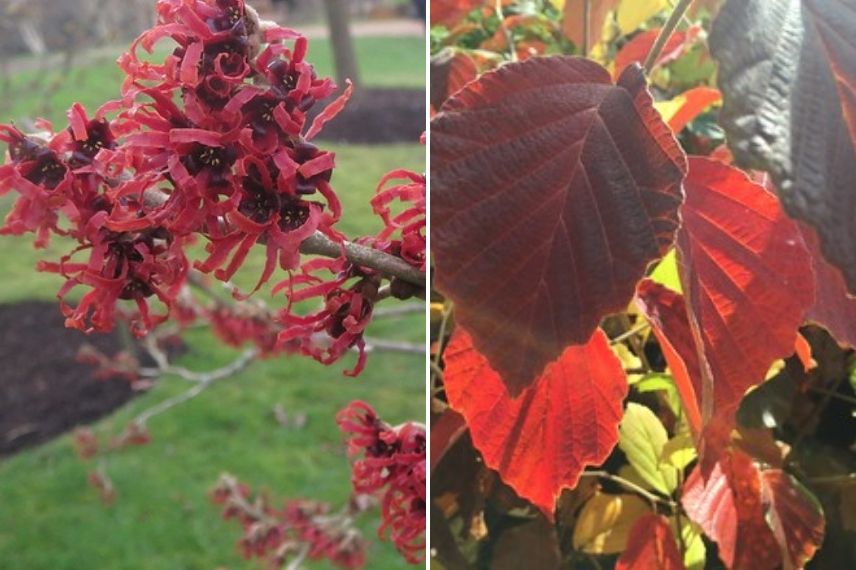
Red tones of the inflorescences and autumn foliage of Hamamelis x intermedia ‘Diane’ (photos: D. Short and M. Hansen‑Flickr)
Hamamelis 'Arnold Promise': a late yellow flowering
Hamamelis ‘Arnold Promise’ is a magnificent Hamamelis with abundant golden-yellow flowering. Its flowers are among the latest to open, not before February and into March. They are more curled than other varieties, giving it a very delicate appearance, and emit a very light tangy scent. The bush displays flamboyant colours in autumn, shifting through yellow to orange and red, which is interesting because less common among yellow-flowering Hamamelis. Slightly smaller (4 m x 4 m), it is also characterised by rather vigorous growth, dense branching and a trailing habit.
It can be paired with Cornus ‘Flaviramera’ dogwoods and red-stem dogwoods (Cornus sanguinea or ‘Winter Flame’) to create an interesting winter scene. Some forsythias will accompany the end of Arnold Promise’s yellow flowering and naturally take over on a woodland edge or meadow area of the garden. Planted alone, try touches of intense blue or violet for a perfect spring combination (scillas, muscaris…), and in autumn use asters for example to accompany its autumn foliage, plus some Ophiopogons to provide a strong contrast in leaf textures.
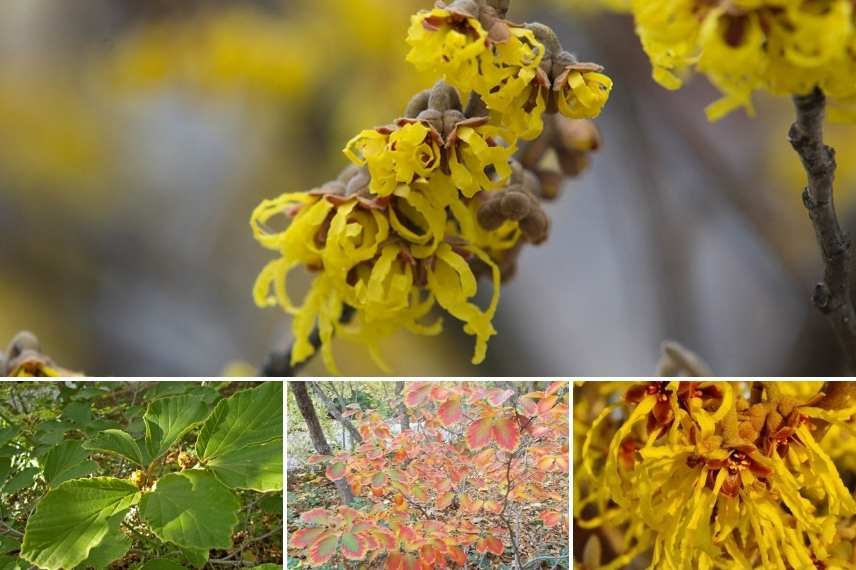
Hamamelis ‘Arnold Promise’
- Subscribe!
- Contents


































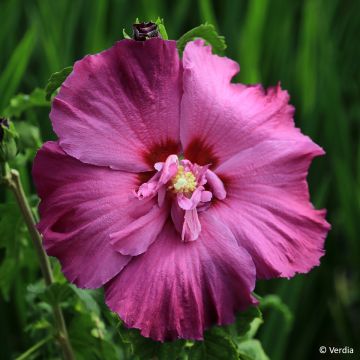
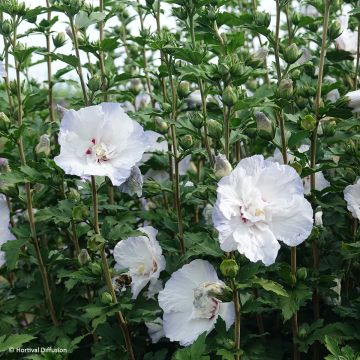


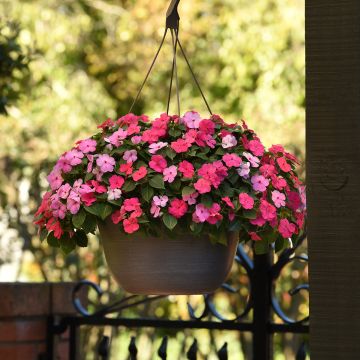
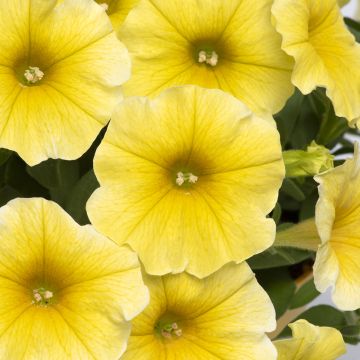
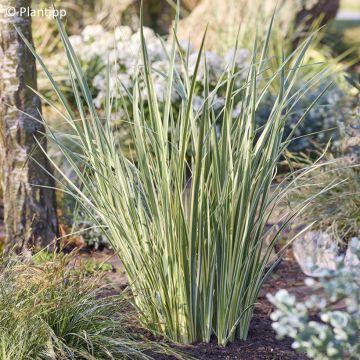
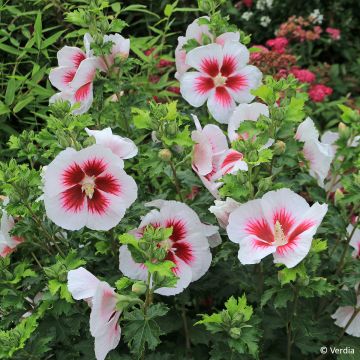
Feedbacks